Table of Content
- BMC’s First-Ever Sale Under Inclusive Housing Policy
- Application Timeline and Lottery Dates
- How the Inclusive Housing Scheme Works
- Eligibility and Pricing Structure
- Expert Views: Are These Homes Truly Affordable?
- Where Are the Homes Located?
- Policy Context: Inclusive Housing Under DCPR 2034
- What This Means for Mumbai’s Housing Market
- Conclusion
The BMC to sell inclusive housing homes in Mumbai starting today marks a significant step toward expanding affordable housing options for the city’s lower-income groups. The civic body has opened applications for 426 flats meant for the Economically Weaker Section (EWS) and Lower Income Group (LIG) categories, with annual income limits of up to ₹9 lakh.
Prices for these homes range between ₹60 lakh and ₹1 crore, depending on size and location, sparking debate over whether such rates truly meet the definition of affordability.
BMC’s First-Ever Sale Under Inclusive Housing Policy
This marks the first time in the BMC’s history that flats acquired through inclusive housing provisions are being sold directly to citizens. The homes were received under Regulations 15 and 33(20)(B) of the Development Control and Promotion Regulations (DCPR) 2034, which mandate private developers to hand over a share of built-up area to the civic authority for affordable housing.
The 426 flats range between 322 sq ft and 645 sq ft, located across Kandivali, Goregaon, Jogeshwari, Marol, Bhandup, Kanjurmarg, and Byculla.
The civic body expects to earn nearly ₹300 crore through this first-ever sale, with officials calling it a transparent and inclusive process aimed at expanding the affordable housing base in Mumbai.
Also Read: MHADA Delays Mumbai Housing Lottery, Next Draw Likely in March 2026
Application Timeline and Lottery Dates
The application process for the BMC to sell inclusive housing homes initiative has been designed to ensure fair access for eligible buyers.
- Applications open: Today at 10 am
- Last date to apply: November 14, 5 pm
- Payment deadline for deposits and fees: November 18
- List of eligible applicants: November 19
- Lottery draw date: November 21, 5 pm
Interested homebuyers can apply through the official BMC portal: https://bmchomes.mcgm.gov.in.
Helplines and email support have also been made available for applicants facing technical or eligibility-related queries.
How the Inclusive Housing Scheme Works
The 426 homes being sold were obtained by the civic body under two DCPR provisions:
- Regulation 15: Requires developers of large residential projects (above 4,000 sq. m.) to allocate 20% of the built-up area to the BMC for inclusive housing.
- Regulation 33(20)(B): Covers affordable housing and rehabilitation schemes on private plots.
Out of the total, 186 homes were handed over under Regulation 15 and 240 homes under Regulation 33(20)(B).
Some older homes, such as 27 units in Kanjurmarg, will require minor refurbishment before they are ready for possession.
Eligibility and Pricing Structure
The BMC has categorized these homes under two income-based segments:
- EWS (Economically Weaker Section): Annual income up to ₹6 lakh; homes around 322 sq ft.
- LIG (Lower Income Group): Annual income up to ₹9 lakh; homes up to 645 sq ft.
Prices start from ₹60 lakh and go up to ₹1 crore, depending on the area and size.
These prices are based on the ready reckoner rates set by the Maharashtra government, in line with DCPR 2034 norms.
While this is lower than prevailing market rates in most localities, many experts question whether homes priced between ₹60 lakh and ₹1 crore can be genuinely considered “affordable” for EWS and LIG households.
Expert Views: Are These Homes Truly Affordable?
Housing expert Chandrashekhar Prabhu, a long-time critic of Mumbai’s housing affordability policies, has pointed out that the BMC to sell inclusive housing homes initiative, while commendable, falls short on accessibility.
He argues that affordability standards worldwide define housing as affordable only if it costs no more than five years of an individual’s annual income. By that measure, even these discounted BMC homes remain out of reach for most of the intended beneficiaries.
“Although the civic body’s pricing is lower than private market rates, the real issue lies in aligning affordability with actual earning capacity,” Prabhu said.
BMC officials, however, defend the pricing, emphasizing that it adheres to government-approved ready reckoner rates and reflects the cost of land and construction in Mumbai’s high-demand areas.
Where Are the Homes Located?
Most of the inclusive housing homes are concentrated in the western suburbs — primarily Borivali, Kandivali, Goregaon, Malad, Jogeshwari, and Marol. A few projects are also situated in Byculla, Kanjurmarg, and Bhandup.
The flats vary in configuration and layout, depending on the location and developer. Suburban locations have been chosen to balance accessibility and affordability, though rising land values in these regions have still kept prices high.
Policy Context: Inclusive Housing Under DCPR 2034
The inclusive housing concept was introduced to integrate low-income households within larger private residential developments. Under DCPR 2034, developers receive incentives such as additional Floor Space Index (FSI) in exchange for contributing to affordable housing stock.
However, urban planners note that despite its intent, the policy’s execution has been limited due to high construction costs, land scarcity, and limited financial incentives for developers. As a result, the volume of genuinely affordable housing generated under this framework remains small compared to the city’s actual demand.
Also Read: MHADA to Sell Luxury South Mumbai Apartments Over ₹7 Crore on First-Come Basis
What This Means for Mumbai’s Housing Market
The BMC to sell inclusive housing homes initiative signals a new phase of civic participation in housing delivery. By directly offering inclusive housing units to citizens, the BMC aims to promote transparency and widen access to formal housing.
Yet, the larger affordability challenge persists. Without price-linked subsidies or interest support, even EWS and LIG families may struggle to secure financing for these homes.
Experts suggest that a more effective approach could involve public-private partnerships (PPPs), cross-subsidized housing models, and long-term rental housing for low-income families.
Conclusion
The BMC to sell inclusive housing homes project represents a progressive move toward inclusion in Mumbai’s real estate market. It demonstrates the civic body’s intent to make affordable homes accessible and transparent through a regulated, lottery-based system.
However, questions of true affordability, financing accessibility, and supply sustainability remain.
For Mumbai’s millions of aspiring homeowners, this initiative may be a welcome opportunity but achieving real inclusivity will depend on sustained policy innovation and political will.

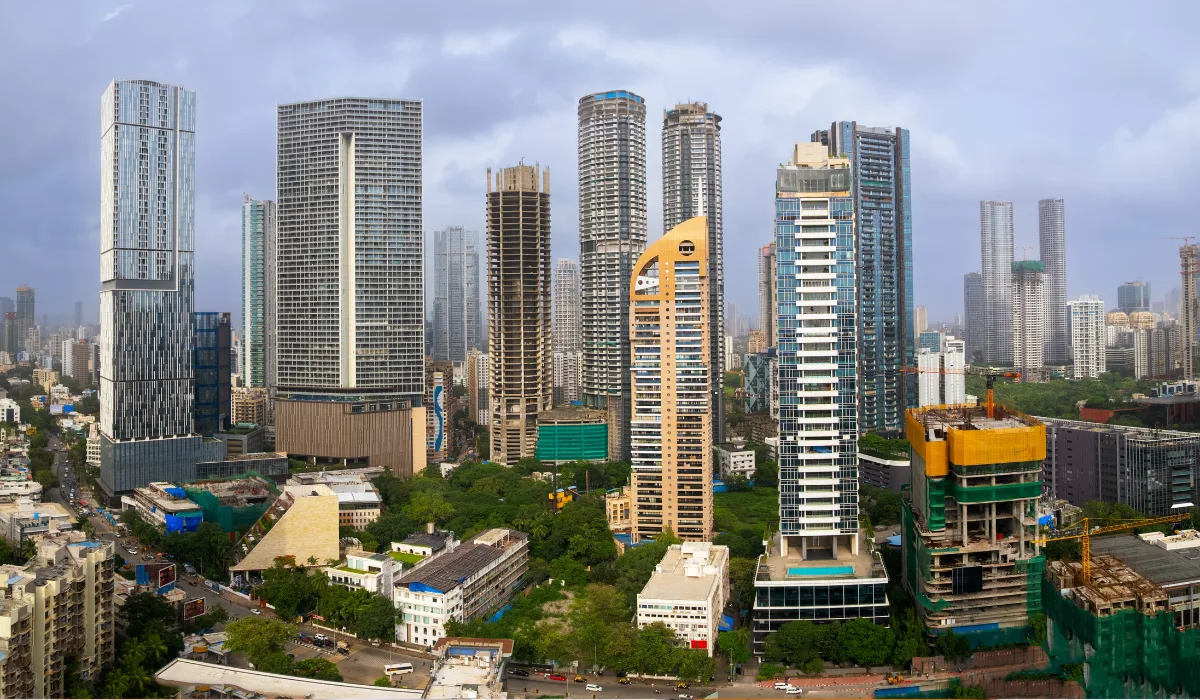
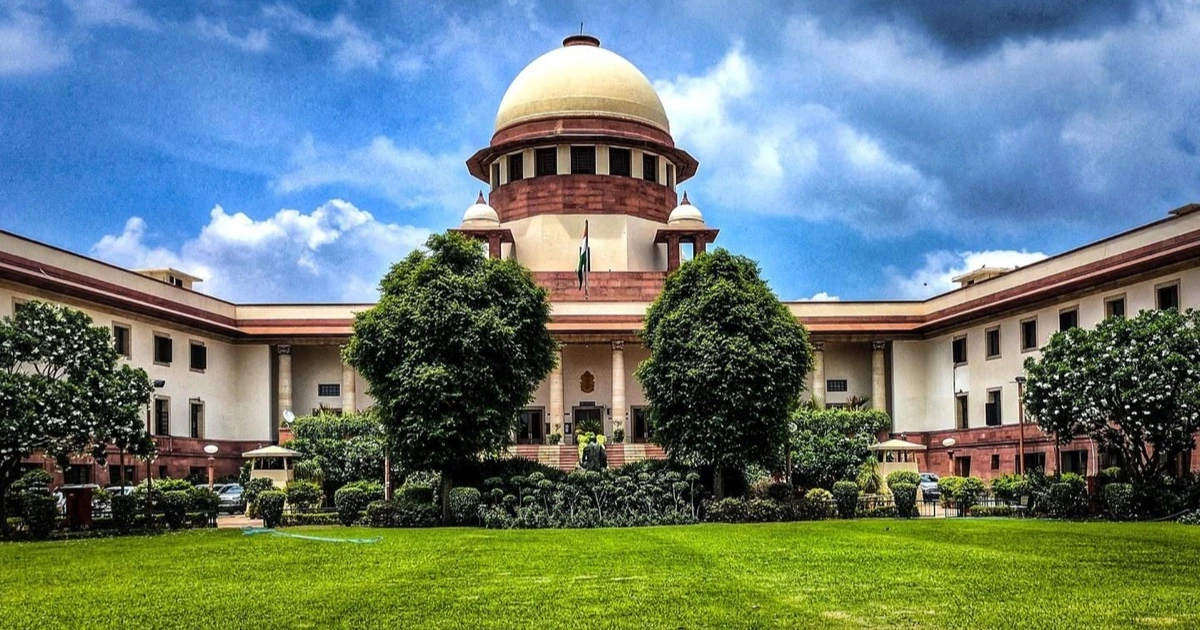
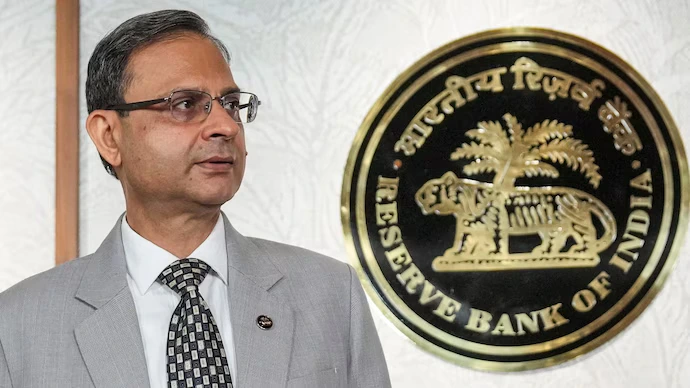
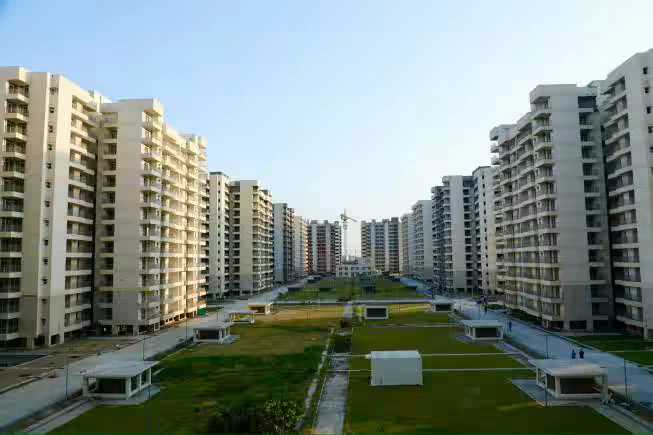
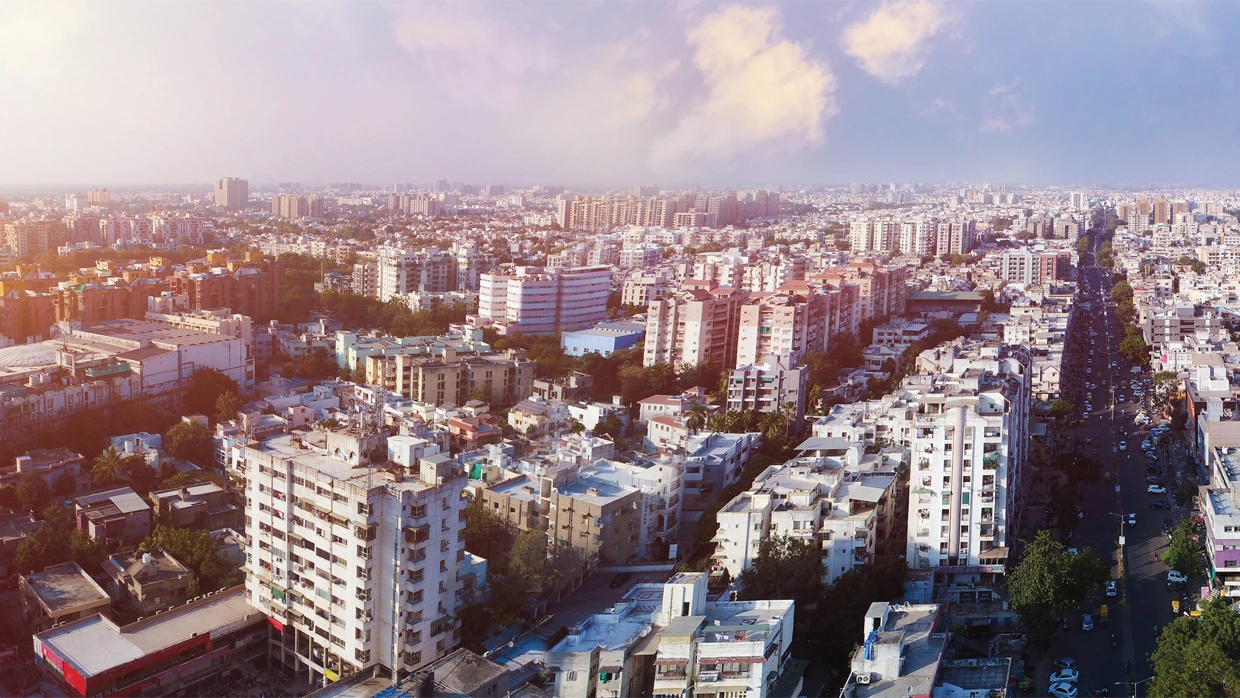
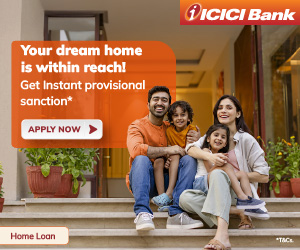
Ans 1. The BMC (Brihanmumbai Municipal Corporation) is selling 426 flats directly to eligible homebuyers under its inclusive housing policy, targeting the Economically Weaker Section (EWS) and Lower Income Group (LIG) categories. This is the first time BMC is conducting such a sale directly.
Ans 2. Interested buyers can apply through the official BMC portal: https://bmchomes.mcgm.gov.in. Helplines and email support are also available for queries regarding eligibility or technical issues.
Ans 3. Flats are spread across Kandivali, Goregaon, Jogeshwari, Marol, Bhandup, Kanjurmarg, and Byculla, with most units concentrated in the western suburbs.
Ans 4. Most flats are ready-to-move-in, but some older units, such as 27 flats in Kanjurmarg, require minor refurbishment before possession.
Ans 5. The flats were handed over to BMC under DCPR 2034 regulations: Regulation 15: Developers of large residential projects must allocate 20% of built-up area to BMC for inclusive housing (186 flats). Regulation 33(20)(B): Covers affordable housing and rehabilitation on private plots (240 flats).
Ans 6. Experts argue that while prices are lower than the private market, flats costing ₹60 lakh to ₹1 crore may still exceed the financial capacity of many EWS and LIG households, highlighting an ongoing affordability challenge.
Ans 7. The flats will be allocated through a lottery system to ensure fair and transparent distribution among eligible applicants.
Ans 8. The policy aims to integrate low-income households within larger private residential projects, expand affordable housing stock, and promote transparency and inclusivity in Mumbai’s real estate market.
Ans 9. Applicants should regularly check the official BMC portal for verified notifications, deadlines, and lottery details to avoid misinformation or scams.